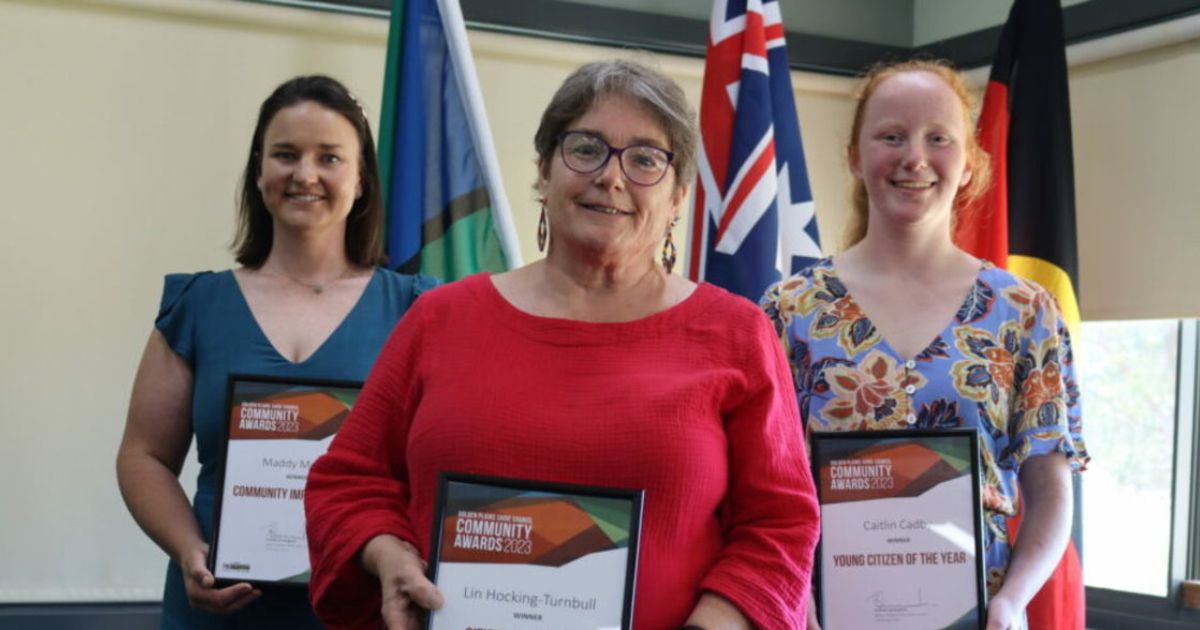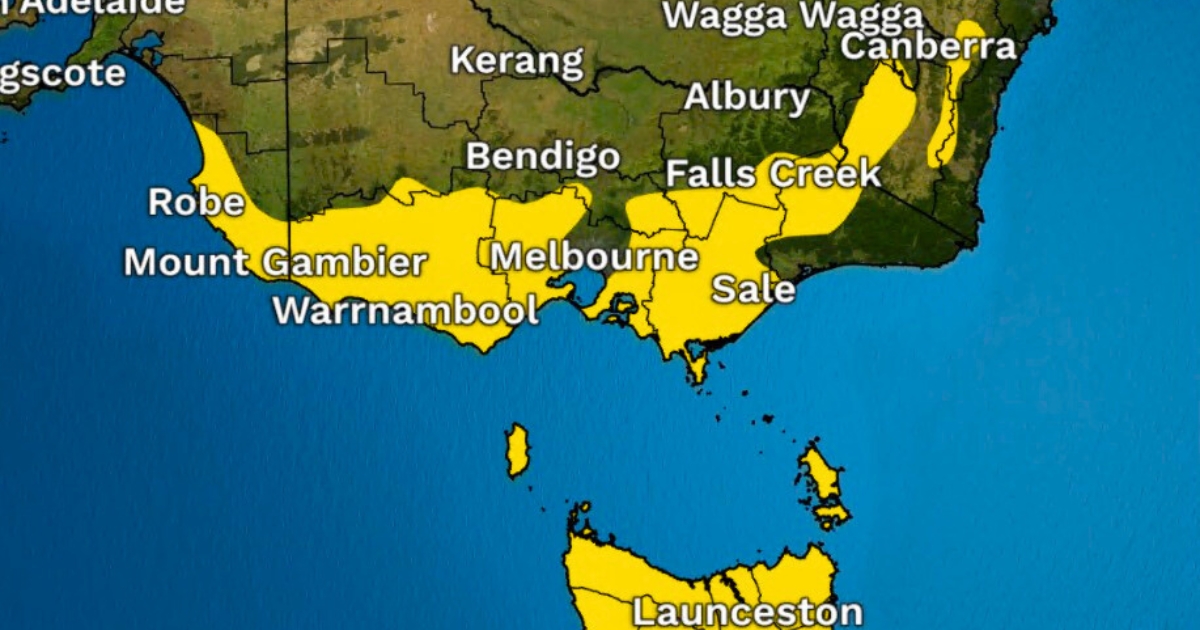City set for single councillor wards
THERE are changes coming to the structure local politicians are elected under in Ballarat, with the municipality moving to single councillor wards.
The switch comes after the recent passing by State parliament of an updated Local Government Act, but it’s not clear if the new system will be implemented in Ballarat by the next council elections, currently set for late October this year.
“The Victorian government introduced single member wards as the preferred electoral structure for all councils to improve democracy in local government,” said Adem Somyurek, state Local Government Minister.
“Single member wards will build stronger local democracy by encouraging closer and more active relationships between councillors and the community.
“Victorians deserve to know who their councillor is and single member wards are the best way to ensure representation is genuinely local.”
Voters in the City of Ballarat currently elect three councillors from three wards for a total of nine elected local government politicians.
The last time the municipality used a single councillor ward system was during the 2004 election. South Ward councillor Des Hudson was the only current serving member of council to be elected back in what was then Sebastopol Ward.
Mayor Cr Ben Taylor said the three ward/ three councillor system had worked for the city and didn’t favour the change.
“I prefer the three-ward system,” he said. “When I came on board in 2008 it went from single wards to that three per ward and I really like how it works.
“Councillors are available. I know I’ve had it where a councillor wasn’t accessible from one ward and the resident was able to make a call to another councillor and get the response they needed quickly.
“We are still councillors for our city, not just our ward. Single councillor wards become very parochial and you start to fight the budget for you, not the city.”
While the City of the Ballarat, along with other regional cities and metropolitan local government areas will be forced into single councillor wards, rural municipalities like Golden Plains, Hepburn, Moorabool and Pyrenees shires, along with all other rural councils will be made into a single ward – all councillors elected at-large model if they are not currently using that system.
A statement released by Mr Somyurek’s office said some councils would see the new models rolled out in time for the 2020 municipal elections, while others would wait until 2024.
Local government elections in Victoria are mandated by act of parliament as four-year fixed terms.
Cr Taylor said he it would be difficult for Ballarat to realign in time for the 2020 election.
“Our understanding is those [councils] that have done the electoral boundary changes and reviews will go to that scenario,” he said. “Ballarat wasn’t one of them.
“The assumption that I have is we’re going to run our current ward system. Bringing the new system in place so quickly would be difficult. That’s my assumptions, but we’ll wait to see what the minister does.”
What the ward boundaries in Ballarat might look like and how many wards there would be will be determined by a local government electoral representation advisory panel made up of the Victorian Electoral Commission and other members decided by the minister.
Further measures included in the updated Local Government Act include mandatory training for anyone who wants to stand for council, as well as changes to processes and measures around municipal community consultation, transparency, planning, financial management and service performance.
“We have delivered the most significant reforms to the local government sector in more than 30 years,” Mr Somyurek said.
“The new laws will make councils more accountable, democratic and help them deliver the services their communities need.”



















